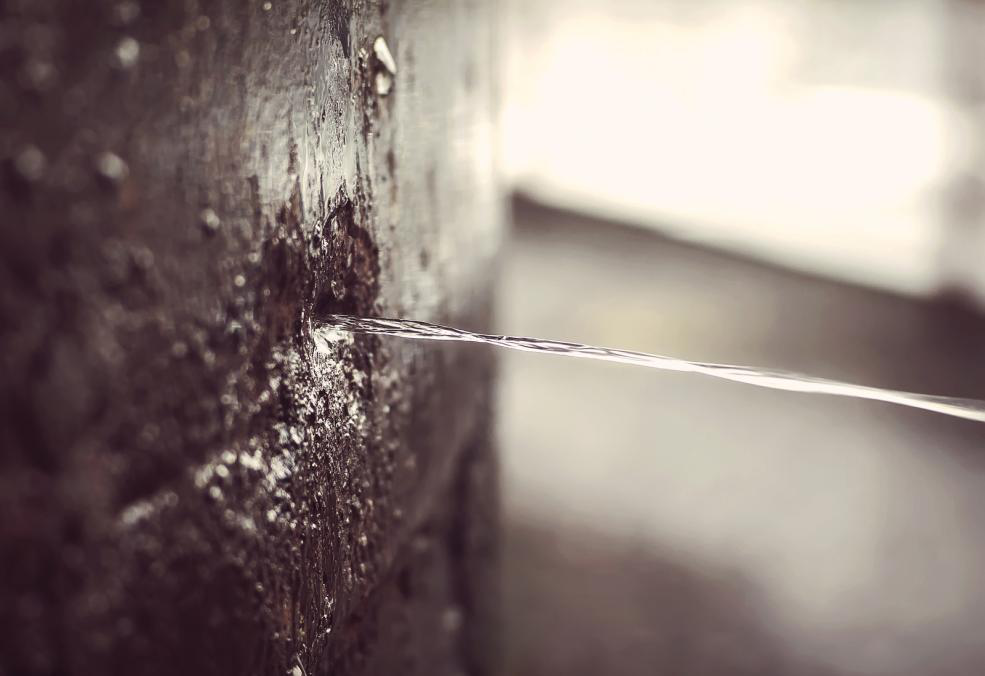The writer is making several great points on Hacks to detect leaks as a whole in this content further down.

Early discovery of leaking water lines can minimize a prospective calamity. Some small water leakages may not be noticeable.
1. Analyze the Water Meter
Every home has a water meter. Examining it is a guaranteed manner in which helps you uncover leaks. For starters, switch off all the water sources. Make certain no one will certainly purge, utilize the tap, shower, run the washing machine or dishwashing machine. From there, most likely to the meter and watch if it will transform. Since nobody is utilizing it, there should be no motions. That shows a fast-moving leak if it moves. If you discover no adjustments, wait a hr or two as well as inspect back once more. This means you may have a sluggish leak that might also be below ground.
2. Inspect Water Intake
Examine your water expenses as well as track your water consumption. As the one paying it, you must see if there are any kind of disparities. If you find sudden changes, in spite of your consumption coinciding, it indicates that you have leaks in your plumbing system. Bear in mind, your water expense ought to drop under the exact same range on a monthly basis. A sudden spike in your bill suggests a fast-moving leakage.
A constant increase every month, also with the exact same behaviors, shows you have a slow leak that's also gradually rising. Call a plumber to thoroughly inspect your property, especially if you really feel a cozy location on your flooring with piping beneath.
3. Do a Food Coloring Test
When it comes to water usage, 30% comes from bathrooms. If the shade in some way infiltrates your dish throughout that time without flushing, there's a leakage between the storage tank as well as bowl.
4. Asses Exterior Lines
Do not forget to inspect your exterior water lines too. Needs to water leak out of the link, you have a loosened rubber gasket. One tiny leak can throw away loads of water and also increase your water bill.
5. Check and also Analyze the Situation
Home owners should make it a practice to inspect under the sink counters and also even inside cabinets for any type of bad odor or mold growth. These 2 warnings show a leak so prompt interest is needed. Doing regular examinations, even bi-annually, can save you from a major issue.
If you understand your house is already old, keep a watchful eye on your heating units, hose pipes, pipes etc. Check for discolorations and weakening as many pipes and appliances have a life span. They will likewise naturally weaken as a result of damage. If you presume dripping water lines in your plumbing system, do not wait for it to intensify. Call a specialist plumber today so you do not end up with a terrible mess in your home.
Early discovery of dripping water lines can reduce a prospective calamity. Some tiny water leaks might not be noticeable. Checking it is a guaranteed method that aids you discover leakages. One tiny leak can waste loads of water as well as spike your water costs.
If you believe leaking water lines in your plumbing system, don't wait for it to intensify.
WARNING SIGNS OF WATER LEAKAGE BEHIND THE WALL
PERSISTENT MUSTY ODORS
As water slowly drips from a leaky pipe inside the wall, flooring and sheetrock stay damp and develop an odor similar to wet cardboard. It generates a musty smell that can help you find hidden leaks.
MOLD IN UNUSUAL AREAS
Mold usually grows in wet areas like kitchens, baths and laundry rooms. If you spot the stuff on walls or baseboards in other rooms of the house, it’s a good indicator of undetected water leaks.
STAINS THAT GROW
When mold thrives around a leaky pipe, it sometimes takes hold on the inside surface of the affected wall. A growing stain on otherwise clean sheetrock is often your sign of a hidden plumbing problem.
PEELING OR BUBBLING WALLPAPER / PAINT
This clue is easy to miss in rooms that don’t get much use. When you see wallpaper separating along seams or paint bubbling or flaking off the wall, blame sheetrock that stays wet because of an undetected leak.
BUCKLED CEILINGS AND STAINED FLOORS
If ceilings or floors in bathrooms, kitchens or laundry areas develop structural problems, don’t rule out constant damp inside the walls. Wet sheetrock can affect adjacent framing, flooring and ceilings.
https://www.servicemasterbyzaba.com/blog/how-to-detect-water-leakage-in-walls/
.jpg)
Do you like more info about Leaking water lines? Put feedback directly below. We will be pleased to listen to your feelings about this piece. In hopes that you visit us again in the future. Do you know somebody else who is enthusiastic about the niche? Take a moment to promote it. I praise you for your time. Visit us again soon.